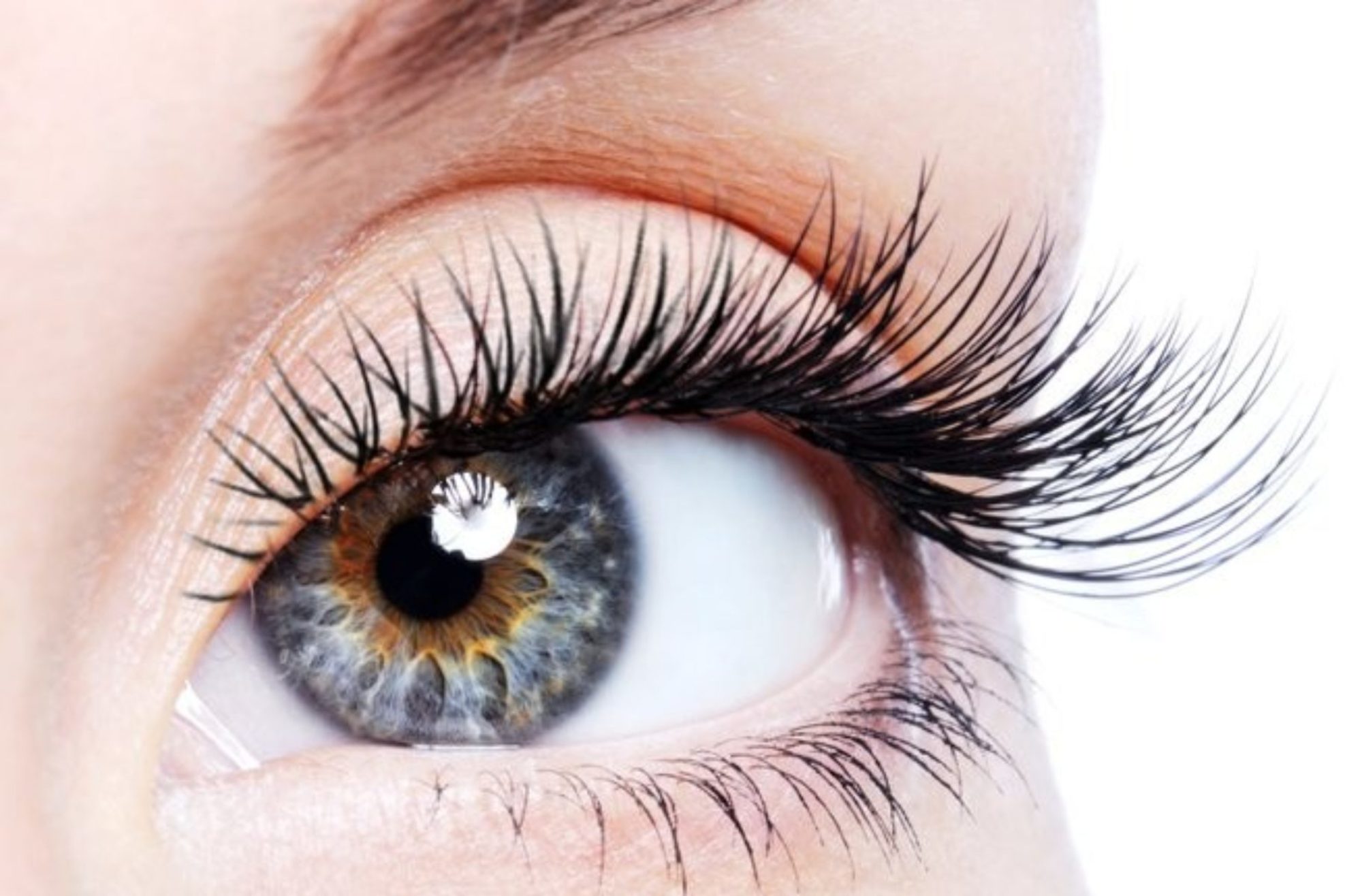Today, Monday August 21st marks the first solar eclipse visible in North America in over thirty years. A solar eclipse is defined as an observable point inn time in which the moon passes between the sun and earth and blocks the sun for a significant amount of time. The eclipse viewable today is estimated to last nearly three full minutes. Though it has been stated that anyone within the continental US will have views of this event, the best geographic locations to observe include; Oregon, Idaho, Washington, South Carolina, Georgia, tennessee, Kentucky, Nebraska, Missouri, and Wyoming. While enjoying this rare occasion is a special treat, we still need to be sure that we take care of our eyes and protect them while viewing the eclipse. It is important to not look at the eclipse with the naked eye as it can cause serious damage to ones eyes. There are several options for safe viewing including filtering devices and specially made glasses. Be sure to utilize one of these options as you want maintain good vision.



